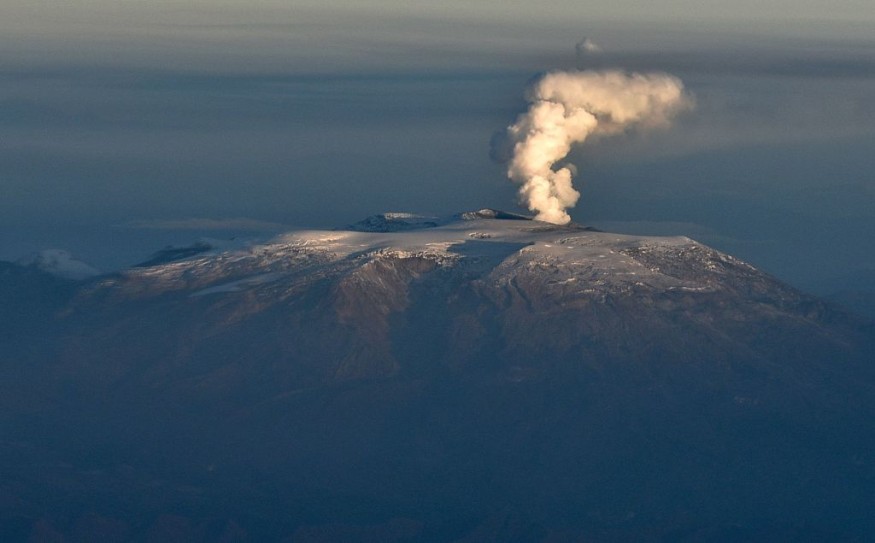The Nevado del Ruiz volcano in Colombia, which killed over 25,000 people around the nearby town of Armero during its last major volcanic eruption in 1985, has been showing signs of increased volcanic activity.
Colombia authorities and multiple reports showed the potential for another catastrophic event should Colombia's active stratovolcano makes a powerful explosive eruption after almost four decades.
Local authorities issued an evacuation order for some residents in the area due to the looming threat of volcanic ash and plume, lahar, or even lava flow during an eruption.
Last month, seismic activity in what appears to be volcanic earthquakes have occurred at the site.
Latest updates in recent days showed Nevado del Ruiz exhibited increased ash emissions.
Increased Volcanic Activity

The increased volcanic activity at the Nevado del Ruiz volcano has forced the Colombian government to issue the said evacuations within the potential impact zone, Fox Weather reported.
Due to the threat, local officials elevated the volcano alert level to orange, which is the second highest out of a four-tier scale.
An update from the Smithsonian Institution's Global Volcanism Program on March 30 indicated around 11,600 earthquakes were recorded at the site.
Furthermore, the movement of underground fluid likely triggered the said increased volcanic ash emissions.
Colombian President Gustavo Petro urged the people living inside the danger zone to evacuate and asked officials, particularly the Departmental Risk Councils, to hasten their emergency measures such as the evacuation of 2,500 families, according to reports.
Also Read: Future Volcanic Eruption Imminent as Magma Chamber Grows Under Mediterranean Volcano [Study]
Nevado Del Ruiz Volcano
Also known as the La Mesa de Herveo, the Nevado del Ruiz volcano is located approximately 80 miles (129 kilometers) west of the Colombian capital city of Bogota.
It is particularly situated between the Colombian provincial border of the of Caldas Department and Tolima Department.
Since the eruption in 1985, around 18 orange alerts have been issued but none of them have led to a major eruption, according to a tweet by the Colombian Presidency.
The Armero Tragedy
The infamous volcanic event in 1985 occurred during the evening hours of November 13 of that year in what will be known in history as the Armero tragedy.
Following the eruption of Nevado del Ruiz, a raging lahar swept through the town two hours later, killing a quarter of the town's 28,700 inhabitants.
The amount of time between the eruption and lahar was enough to trigger an evacuation.
However, certain socio-political circumstances have led Armero's residents and authorities to be caught off guard.
According to the United States Geological Survey (USGS), Colombia was dealing with an unstable political situation before and during the Nevado del Ruiz volcanic eruption in 1985, and a nighttime storm with rainfall over the region has somehow allowed the volcanic activity to go unnoticed.
Since then, experts have considered the 1985 Nevado del Ruiz eruption as the Western Hemisphere's deadliest volcano event.
© 2025 NatureWorldNews.com All rights reserved. Do not reproduce without permission.





